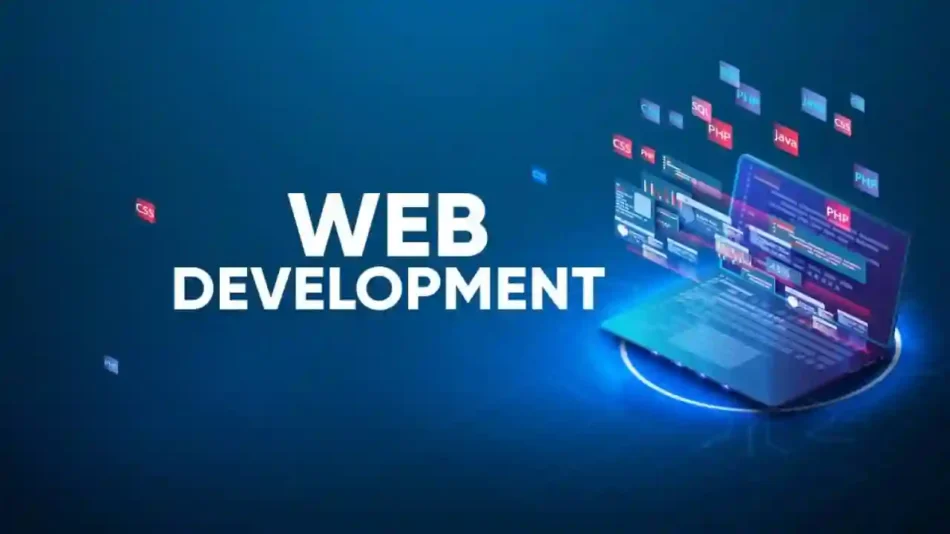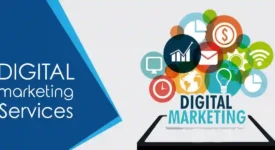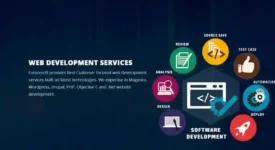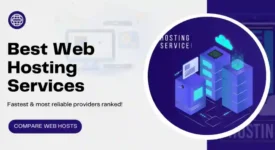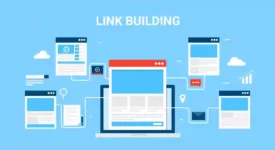The success of your web development projects often hinges on the caliber of the individuals you bring onto your team. Crafting a compelling web developer job description is the first step in attracting skilled professionals who align with your project goals and company culture. In this article, we will explore the essential components to include in your web developer job description, providing insights into best practices for creating a job posting that attracts top talent in the competitive field of web development.
1. Clear and Engaging Job Title:
The job title is the first element prospective candidates encounter, and it sets the tone for the entire job description. Craft a clear and engaging job title that accurately reflects the role while capturing the attention of potential applicants. Avoid generic titles and consider adding specific details to differentiate your posting from others.
Examples:
- Senior Front-End Developer – React.js
- Full-Stack Developer – PHP/JavaScript
- UI/UX Web Designer and Developer
2. Concise Job Summary:
Follow the job title with a concise job summary that provides a snapshot of the role and its significance within your organization. This section should briefly outline the primary responsibilities and the overall purpose of the web developer position. Keep it concise and compelling to encourage candidates to read further.
Example: “We are seeking a skilled Front-End Developer proficient in React.js to join our dynamic team. As a key contributor, you will play a pivotal role in creating engaging user interfaces and enhancing the overall user experience on our platforms.”
3. Detailed Job Responsibilities:
Clearly outline the specific responsibilities associated with the web developer role. Break down the tasks into distinct categories, such as front-end development, back-end development, database management, or other relevant areas. Be comprehensive but concise, providing enough detail to give candidates a clear understanding of what the position entails.
Example Responsibilities:
- Develop responsive and visually appealing user interfaces using HTML, CSS, and React.js.
- Collaborate with the design team to implement UI/UX enhancements.
- Write efficient, reusable, and scalable code for web applications.
- Perform testing, debugging, and optimization of code for seamless functionality.
- Integrate user-facing elements with server-side logic.
4. Required Skills and Qualifications:
Specify the essential skills, qualifications, and experience required for the web developer role. Clearly distinguish between “must-have” and “nice-to-have” qualifications. Include technical skills, programming languages, and any specific frameworks or tools relevant to your projects. Additionally, mention educational requirements, certifications, or any other criteria crucial for success in the role.
Example: Required Skills:
- Proficiency in HTML, CSS, and JavaScript.
- Extensive experience with React.js for front-end development.
- Strong understanding of responsive design principles.
- Knowledge of back-end development languages such as Node.js or Python.
- Familiarity with version control systems, especially Git.
5. Company Overview and Culture:
Give candidates insight into your company by providing a brief overview and description of your organization’s culture. Highlight any unique aspects of your work environment, company values, and the overall mission. This helps potential candidates determine if your company aligns with their professional aspirations and values.
Example: “As an innovative tech company committed to pushing boundaries, we foster a collaborative and inclusive environment where creativity thrives. Our team is passionate about delivering cutting-edge solutions that make a meaningful impact in the digital landscape.”
6. Opportunities for Growth and Advancement:
Express the potential for professional development and career growth within your organization. Mention any training programs, mentorship opportunities, or pathways for advancement that demonstrate your commitment to fostering the long-term success of your team members.
Example: “We believe in investing in our team’s growth. As a web developer at our company, you’ll have access to ongoing training programs, mentorship opportunities, and a clear path for career advancement. Join us on a journey of continuous learning and professional development.”
7. Application Instructions:
Clearly outline the application process and provide instructions on how candidates can apply. Include details such as where to submit their resumes, any required documents, and the deadline for applications. If there are specific tasks or questions you want candidates to address in their applications, mention them in this section.
Example: “To apply, please submit your resume, a cover letter highlighting your relevant experience, and a link to your portfolio showcasing your web development projects. Applications should be sent to [[email protected]] by [Application Deadline].”
8. Competitive Compensation and Benefits:
While it’s not necessary to include specific salary figures, providing information on competitive compensation and benefits demonstrates transparency and can attract a broader pool of qualified candidates. Mention any additional perks, such as health insurance, retirement plans, flexible work arrangements, or other benefits your company offers.
Example: “We offer a competitive salary commensurate with experience, along with a comprehensive benefits package. Our employees enjoy health insurance, retirement plans, and flexible work arrangements to support a healthy work-life balance.”
9. Equal Opportunity Employer Statement:
Include an Equal Opportunity Employer (EOE) statement to communicate your commitment to diversity and inclusion. This statement emphasizes that your company welcomes candidates from all backgrounds and does not discriminate based on race, gender, ethnicity, age, or other protected characteristics.
Example: “[Your Company Name] is an equal opportunity employer. We celebrate diversity and are committed to creating an inclusive environment for all employees. All qualified applicants will receive consideration for employment without regard to race, color, religion, gender, gender identity or expression, sexual orientation, national origin, genetics, disability, age, or veteran status.”
Conclusion
A well-crafted web developer job description is a crucial tool for attracting top talent to your organization. By incorporating these key components and following best practices, you can create a job posting that not only outlines the expectations of the role but also showcases your company’s values, culture, and commitment to employee growth. Remember to periodically review and update your job descriptions to ensure they remain relevant and reflective of your evolving organization and projects.

